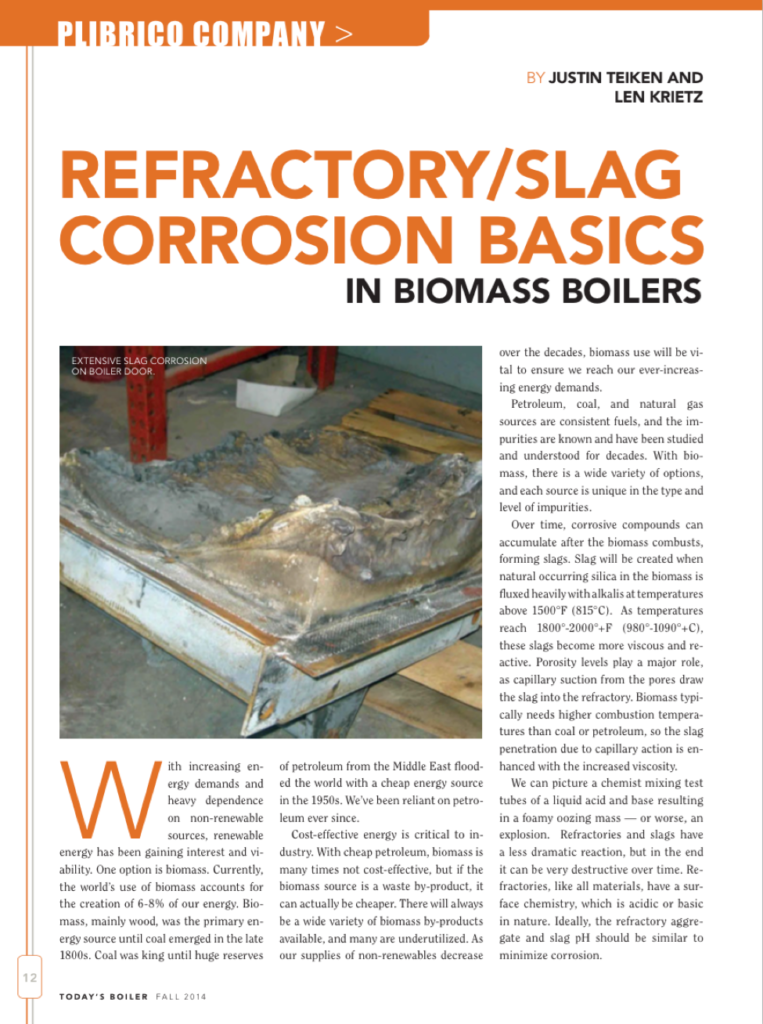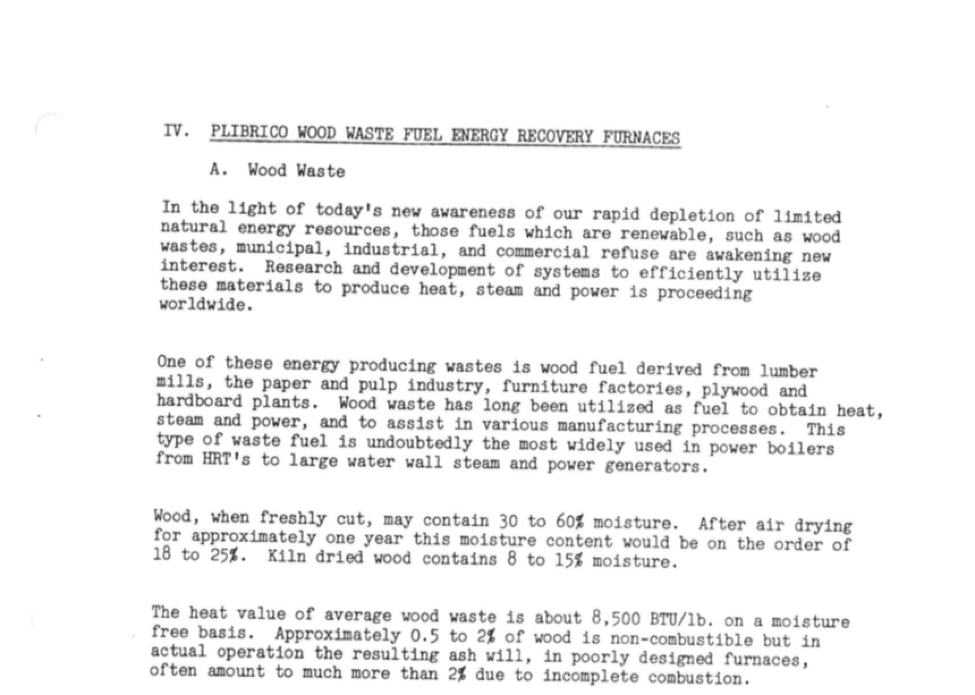Considerations for Keeping Your Wood-Fired Boiler Running Efficiently
Environmentally conscious manufacturers are always on the lookout for effective ways to use renewable energy sources. There has been a lot of research in this area over the past few decades.
Modern biomass, especially bio-fuels and wood pellets, are increasingly being used for heat and power generation, alongside traditional biomass sources such as agricultural by-products. Bio-power is now the 4th largest global renewable power source.
The biggest challenge in using renewable energy sources during the production process is cost; cost-effective energy is critical in manufacturing. In the 1800s, wood was the primary source for heat to produce energy. Cheap coal then replaced wood, and then cheap petroleum from the Middle East replaced coal.
Even though low oil prices typically produce cheaper energy than typical biomass, biomass waste product such as wood pellets can still be cheaper. These fuel sources are underutilized, creating a potential for significant growth in wood-fired boilers in the coming decades.
If you have a wood-fired boiler or you’re considering installing a wood-fired boiler, there are two important things to consider when it comes to refractory selection:
- Corrosion management
- Wood moisture content
Managing Corrosion from Alkali Slag
For businesses that utilize wood-fired boilers, greater emphasis is needed on understanding the corrosion effects of burning wood. The impurities of petroleum, coal and natural gas have been studied and understood for decades. Biomass, on the other hand, has a wide variety of options, and each source is unique in the type and level of impurities.
These impurities typically include silica and high levels of alkali and the formation of viscous alkali rich silica slags. These slags are corrosive to standard refractories and can be destructive over time. To determine the right refractory material to use, we perform an akali cup test. The results of that test may cause us to use a reduced cement refractory, or in extreme cases, using alternate materials such as phosphate bonded plastics, no-cement products or colloidal silica based materials.
For a detailed discussion about alkali cup testing and the chemistry of slag, please see Refractory/Slag Corrosion Basics in Biomass Boilers by Justin Teiken and Len Krietz with Plibrico Company on page 12 of Today’s Boiler – Fall 2014 (and you can download it here.)
Creating the Proper Feed System
Wood waste contains moisture, and that moisture content can vary anywhere between 8% to 60%. Higher moisture content wood needs to be closer to the boiler burners than wood with a lower moisture content, so the design and size of the feed system is important to create the right mixture of air flow to wood waste delivered.
Our engineering partners at Plibrico have many years of experience designing different types of feed systems and in wood boiler and furnace construction, including the use of circular cells, horseshoe cells and special “swingaway” cleanout doors.
Here’s an older but relevant discussion about wood waste moisture content and how they aim to keep wood-fired boilers running at maximum efficiency.
Connect with us if you’re having any issues with your wood-fired boiler or are considering installing one and would like guidance on the right refractory and feed system.
Comments are closed.



